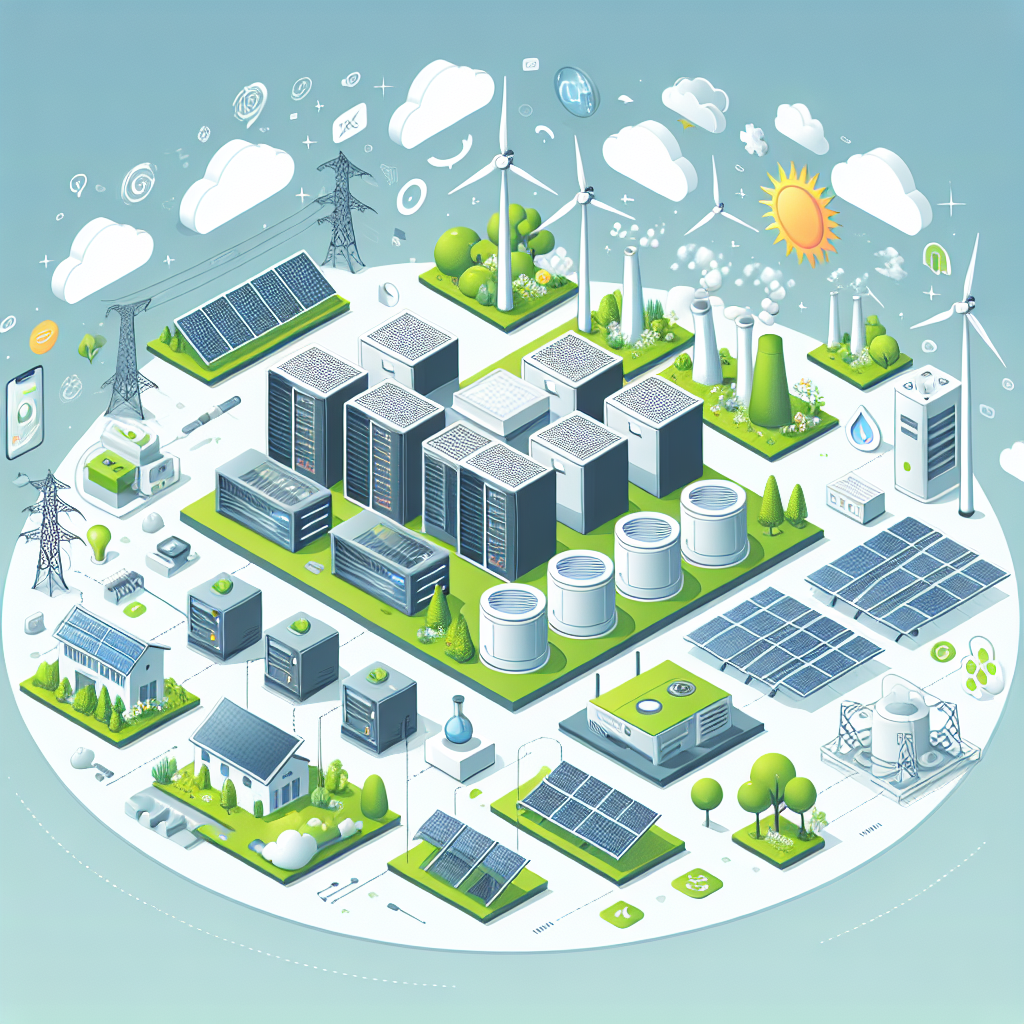Your cart is currently empty!
Key Factors to Consider When Designing a Energy-Efficient Data Center

In today’s digital age, data centers play a crucial role in storing, processing, and managing vast amounts of information. However, these facilities are notorious for their high energy consumption, leading to significant environmental impacts and operational costs. Designing an energy-efficient data center is vital not only for reducing carbon emissions but also for optimizing performance and minimizing expenses. Here are key factors to consider when planning and implementing a sustainable data center design:
1. Location and Climate: Selecting the right location for a data center can have a significant impact on its energy efficiency. Choose a site with a temperate climate to minimize the need for excessive cooling and heating systems. Additionally, consider renewable energy sources such as solar or wind power to reduce reliance on traditional energy grids.
2. Building Design and Layout: The layout and design of a data center can greatly influence its energy efficiency. Implement a modular design that allows for scalability and flexibility, reducing the need for constant expansions and upgrades. Use energy-efficient building materials and insulation to minimize heat loss and improve overall cooling efficiency.
3. Cooling Systems: Cooling is one of the most energy-intensive aspects of data center operations. Implement efficient cooling systems such as hot aisle/cold aisle containment, economizers, and liquid cooling technologies to reduce energy consumption and improve cooling efficiency. Optimize airflow management to prevent hot spots and ensure uniform temperature distribution.
4. Energy-Efficient IT Equipment: Choose energy-efficient servers, storage devices, and networking equipment to minimize power consumption. Select hardware with high-efficiency power supplies, advanced power management features, and energy-saving modes. Consolidate and virtualize servers to optimize resource utilization and reduce energy waste.
5. Energy Monitoring and Management: Implement real-time monitoring and management systems to track energy usage, identify inefficiencies, and optimize performance. Use power management software to schedule equipment shutdowns, adjust cooling settings, and manage power distribution effectively. Regularly analyze energy consumption data to identify trends and potential areas for improvement.
6. Renewable Energy Integration: Incorporate renewable energy sources such as solar panels, wind turbines, or geothermal systems to supplement traditional power sources. Implement a hybrid power system that combines renewable energy with grid power to reduce reliance on fossil fuels and lower carbon emissions. Consider energy storage solutions such as batteries or flywheels to store excess energy and improve system reliability.
7. Energy Efficiency Standards and Certifications: Adhere to industry standards and certifications such as LEED (Leadership in Energy and Environmental Design) or Energy Star to demonstrate commitment to sustainability and energy efficiency. Work with experienced designers, architects, and engineers who have expertise in green building practices and energy-efficient technologies.
By considering these key factors when designing a data center, organizations can significantly reduce energy consumption, lower operational costs, and minimize environmental impact. Implementing sustainable practices and technologies not only benefits the bottom line but also contributes to a more sustainable and resilient data infrastructure for the future.

Leave a Reply